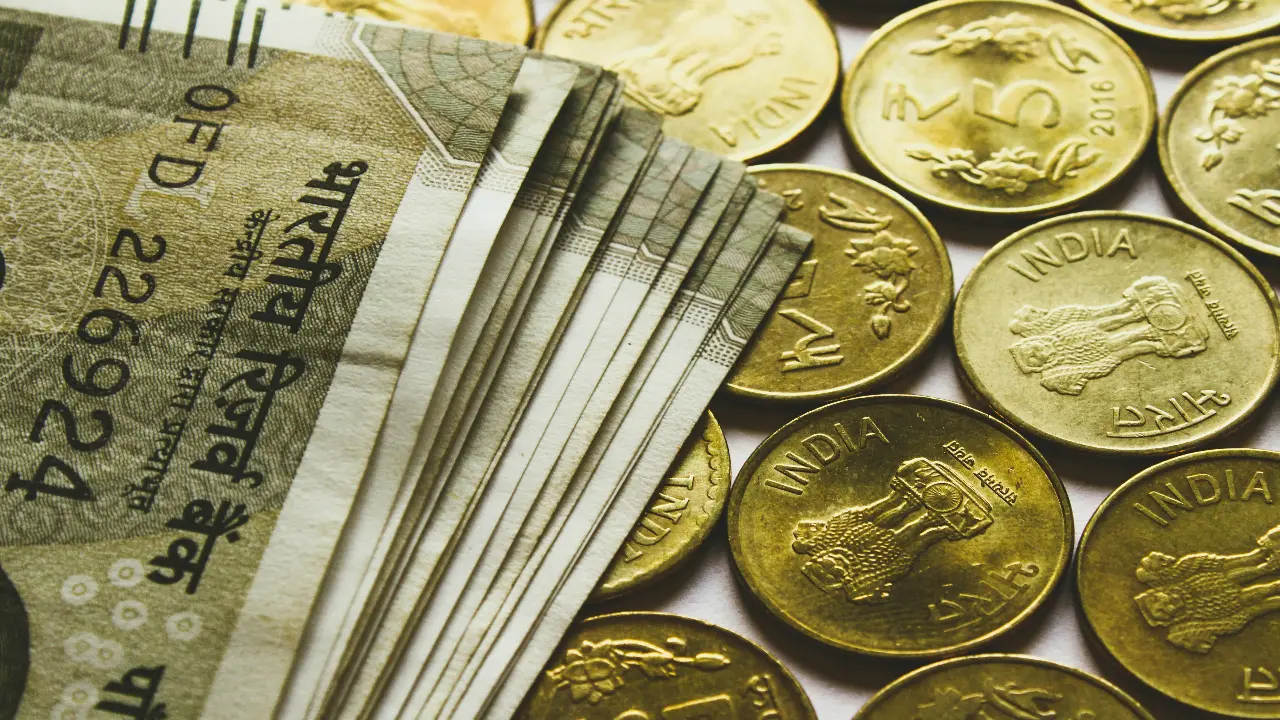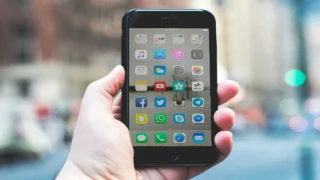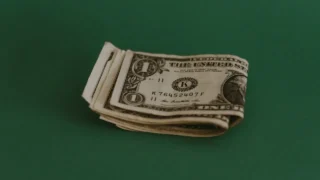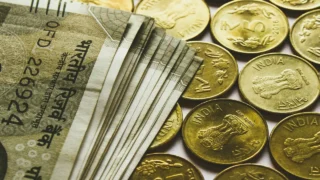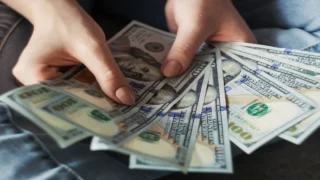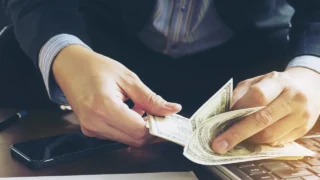What is Money?
We all use money to buy things or pay back what we owe. It’s like a special tool that represents how much something is worth. When we have money, we can exchange it for goods or services.
Economies need money to work properly and grow. Economists are the ones who figure out what money is, where it comes from, and how much it’s worth. So basically, money is super important for making the world run smoothly.
What Is the Indian Rupee (INR)?
The Indian rupee (INR) is what people use as money in India. It’s got a special code, INR, and a symbol that looks like ₹.
Understanding the Indian Rupee (INR)
The Indian rupee got its name from a silver coin called the rupiya. This coin was first made by Sultan Sher Shah Suri back in the 16th century.
Coins
In India, there are different coins you can use to buy things. These coins come in values like 50 paise, one rupee, two rupees, five rupees, ten rupees, and 20 rupees.
In India, a smaller unit of money is called a paise. It’s like a smaller part of a rupee. One rupee is made up of 100 paise.
The coins worth 50 paise are called small coins, while those equal to or more than one rupee are called rupee coins.
Banknotes
In India, there are paper bills, also called banknotes, that you can use to buy things. These come in different values like 5, 10, 20, 50, 100, 500, and 2,000 rupees.
The back of these paper rupees shows the values in 15 different languages, while the front side shows the values in Hindi and English.
Sometimes, they make new designs for these bills, with different pictures and features. They might look different from the older ones. These new designs often show different parts of India’s history and culture.
Security and Counterfeiting of the Rupee
In India, most transactions happen with cash, meaning physical money. But this has led to some people making fake money to use illegally. To stop this, the Reserve Bank of India (RBI) has had to make changes to the rupee notes over time, adding new security features to make them harder to copy.
These fake notes can look a lot like real ones, and they’re made by people who want to launder money or fund illegal activities, like terrorism. Usually, the higher-value notes are the ones that get copied the most.
In 2016, the Indian government decided to stop using the ₹500 and ₹1,000 notes from the Mahatma Gandhi Series. They said this move would make it tougher for people involved in illegal activities to use fake money. The ₹500 note was replaced with a new one from the Mahatma Gandhi Series, which has extra security features.
Special Considerations: Capital and Convertibility Controls
Over the years, there have been rules about what people can do with the Indian rupee. For instance, it’s against the law for people from other countries to bring Indian rupees in or take them out. And for Indian citizens, there are limits on how much rupees they can bring in or take out of the country.
The capital account keeps track of things like foreign reserves, money coming in from businesses and institutions, and money going out. The Indian government sometimes makes it easier or harder for foreign investors to put money into the country, by setting limits or removing them for a while.
Recently, they made it easier for foreign investors to bring money in. This was to help strengthen the value of the Indian currency and to encourage businesses to invest here. Foreign investors and local companies can move money in and out of the country, but they have to follow the rules set by the Reserve Bank of India, which might change from time to time.
The Rupee’s Value in Modern Times
In the 1800s, there was a lot more silver being made, which made its value drop a lot. Because of this, the value of the Indian rupee dropped too.
Between 1927 and 1946, the Indian rupee was tied to the British pound, meaning its value was fixed according to how much a pound was worth.
After that, from 1946 to 1975, it was tied to the U.S. dollar, so its value depended on how much a dollar was worth.
Nowadays, the value of the rupee mostly changes based on what happens in the foreign exchange market. The Reserve Bank of India keeps an eye on this and sometimes buys or sells rupees to keep its value stable.
Various factors can impact the exchange rate of the currency, including:
- Trade flows
- Investment flows
- Oil prices
Examples of the Indian Rupee (INR)
As of March 2024, you can use the following coins and notes as money in India:
Coins: 50 paise, ₹1, ₹2, ₹5, ₹10, and ₹20.
Banknotes: ₹2, ₹5, ₹10, ₹20, ₹50, ₹100, ₹200, ₹500, and ₹2000.
If there are any changes to the types of coins or notes that are accepted as legal money in India, you can find them on the Reserve Bank of India’s website.
What Is the Indian Rupee Symbol?
The symbol ₹ is used to show the Indian rupee (INR). People chose this symbol through a contest, and the government of India agreed on it in 2010.
What Does Rs Stand for in Money?
In countries like Seychelles, Pakistan, Nepal, Sri Lanka, and Mauritius, they use “Rs” as a symbol for their currency, which is called the rupee. Before 2010, India also used “Rs” until they introduced the ₹ symbol for the Indian rupee.
Is the Indian Rupee Backed by Gold?
Every banknote issued by the Reserve Bank of India is supported by valuable things like gold, government bonds, or money from other countries.
Read More: How Does Banking Work? All you need to know
The Bottom Line
India’s money is called the Indian rupee. It’s represented by the symbol ₹ and has a code, INR. The Reserve Bank of India makes both coins and notes for different amounts of rupees, including a 50 paise coin.
In India, people mostly use cash for buying things, but this has caused problems with fake money. To stop this, the Reserve Bank has made new versions of rupee notes with extra security features to prevent fraud.
